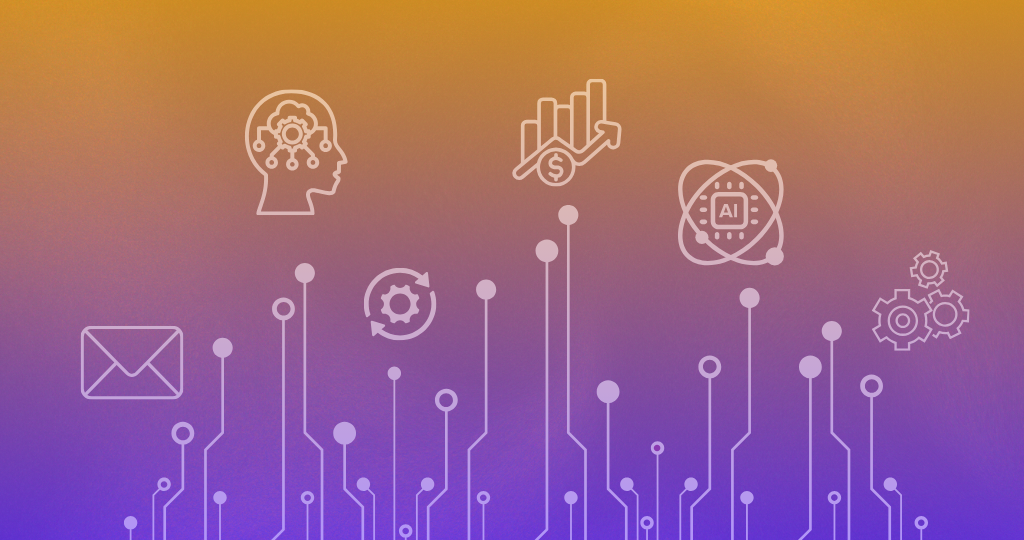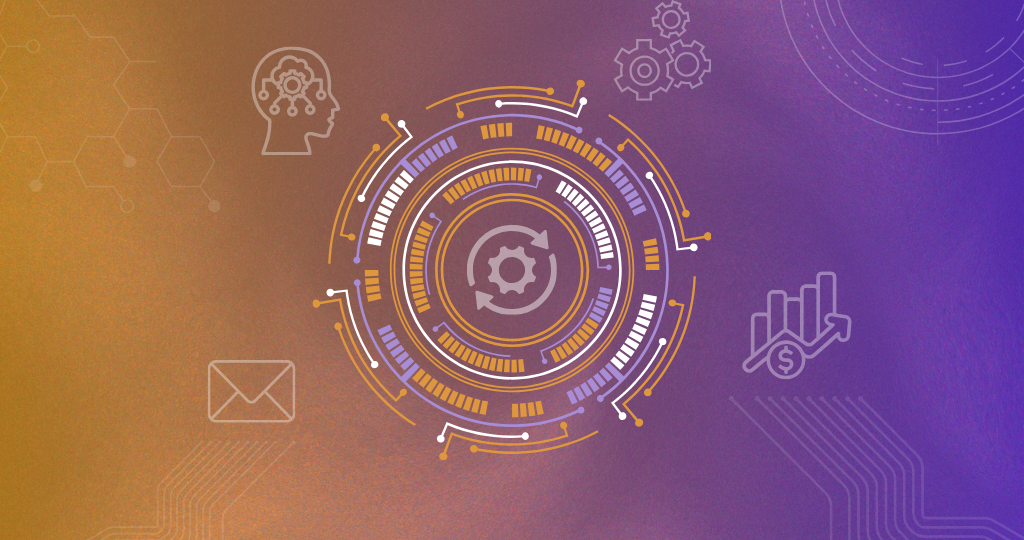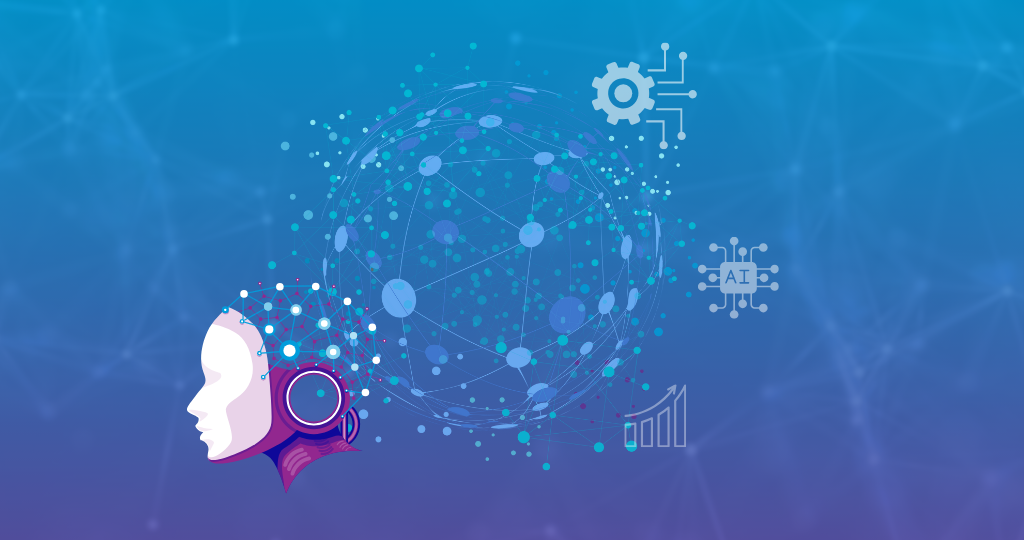Future-Proof Your Business: Preparing Systems for AI Integration
As AI technology rapidly advances, businesses are looking to future-proof their systems by preparing for seamless AI integration. An AI-ready infrastructure can unlock new efficiencies, automate complex processes, and deliver insights that enhance strategic decision-making. However, adopting AI successfully requires careful preparation of both your IT environment and existing systems. This guide will provide actionable tips for adapting your infrastructure, setting up for long-term AI success, and ensuring your business is well-equipped for an AI-powered future.
Why AI Integration Is Essential for Future Growth
Artificial Intelligence is transforming industries, from automating routine tasks to providing predictive insights. As AI technology becomes more accessible, businesses need to build a robust, adaptable IT infrastructure that can handle the demands of these tools.
-
Enhanced Efficiency and Automation
AI can streamline labor-intensive tasks, improve accuracy, and reduce errors. By preparing systems for AI, businesses can maximise efficiency across departments, allowing teams to focus on strategic tasks. -
Competitive Advantage
Early adopters of AI often gain a competitive edge through improved data analysis, faster decision-making, and cost savings. Preparing for AI now ensures your business can remain agile in an increasingly AI-driven market. -
Scalability
AI solutions are scalable, meaning they can grow as your business expands. Future-proofing systems for AI integration ensures that as data needs and operational demands increase, your business can scale without disruption.
Key Takeaway for CEOs
Investing in AI preparation is an investment in future-proofing your business, enabling you to harness powerful tools that drive growth, innovation, and resilience.
Tips for Preparing Existing Systems for AI Integration
Ensuring your current systems are AI-ready is a strategic step toward successful implementation. Below are key areas to consider when preparing for AI integration.
1. Evaluate and Optimise Data Quality
AI tools rely on accurate, high-quality data to function effectively. Start by evaluating your current data for accuracy, consistency, and completeness. Clean, structured data is essential for reliable AI-driven insights.
-
Implement Data Governance
Set up data governance policies that define data standards and responsibilities within your organisation. These policies should cover data collection, storage, and sharing practices, ensuring your data remains accurate and accessible. -
Establish a Single Source of Truth
Consolidate your data into a central repository, such as a data warehouse, so that AI tools have access to a unified source of information. Platforms like Snowflake or Google BigQuery can help centralise data efficiently.
2. Upgrade Your IT Infrastructure
AI algorithms require significant computing power and storage capacity, especially when handling large datasets. Evaluate your current infrastructure to determine if it can support AI workloads.
-
Invest in Scalable Cloud Solutions
Consider cloud-based platforms like Amazon Web Services (AWS), Microsoft Azure, or Google Cloud Platform, which provide scalable resources to meet AI demands. Cloud solutions are often cost-effective and can grow with your business. -
Adopt High-Performance Computing (HPC)
For businesses that require advanced AI applications, High-Performance Computing (HPC) clusters can handle intensive data processing tasks. HPC can significantly reduce processing times for large datasets, enabling faster analysis and decision-making.
3. Implement Data Integration and API Management
AI tools often need to pull data from multiple sources, so seamless integration is essential. Use APIs and data integration tools to ensure AI applications can access data from various platforms within your organisation.
-
Adopt Integration Platforms
Platforms like MuleSoft and Zapier facilitate data exchange between applications, allowing your AI systems to pull and process information from multiple sources seamlessly. -
Enable API Management
APIs enable your applications to interact with each other. Managing these APIs is crucial to maintaining data flow and ensuring that AI tools receive timely information from relevant sources.
4. Prioritise Cybersecurity for Data Protection
AI systems often handle sensitive data, making robust cybersecurity crucial for AI integration. A data breach could compromise AI models and damage trust in the systems.
-
Implement Multi-Factor Authentication (MFA)
MFA adds an additional layer of security, ensuring that only authorised users can access AI systems and sensitive data. Many AI and IT platforms, including Okta and Duo, offer MFA solutions. -
Encrypt Sensitive Data
Use encryption to protect data both at rest and in transit. Tools like Vormetric and Symantec Encryption provide data encryption solutions to secure your information, ensuring that sensitive data remains safe from breaches.
5. Ensure Your Team is AI-Literate
Even with the best AI systems, the success of AI integration depends on your team’s ability to use these tools effectively. Provide training and resources to ensure your team understands how to work with AI-driven processes.
-
Offer AI Training Programs
Consider offering AI literacy courses or workshops. Free resources like Coursera and edX have AI courses that provide foundational knowledge for non-technical team members. -
Encourage Cross-Functional Collaboration
Collaboration between departments, especially IT and operations, is essential for maximising AI’s potential. Ensure all teams understand how AI can benefit their specific workflows, fostering a data-driven culture throughout the organisation.
Establishing a Long-Term AI Roadmap
Once your business is ready for AI integration, a long-term roadmap can help guide implementation and continuous improvement. Here’s how to establish a sustainable AI strategy:
1. Set Clear Objectives for AI Initiatives
Define what you hope to achieve with AI, whether it’s improving customer engagement, optimising supply chains, or enhancing data analytics. Clear objectives will help guide the AI tools and models you choose and ensure alignment with business goals.
2. Establish KPIs to Track AI Performance
Set measurable KPIs that align with your objectives. These KPIs should monitor both the technical and operational success of AI tools, tracking metrics like data processing speed, customer satisfaction, or reduction in task completion times.
3. Regularly Review and Update AI Models
AI technology evolves quickly, and so should your approach. Regularly review AI models for accuracy and relevance, and update them as new technologies emerge or as business needs change.
Preparing your business systems for AI integration is essential for future-proofing your organisation in a tech-driven world. By enhancing data quality, upgrading infrastructure, prioritising security, and fostering an AI-literate team, you set the stage for seamless AI adoption. An AI-ready business is well-equipped to leverage insights, automate processes, and stay agile, all while remaining competitive in an ever-evolving landscape.
Ready to prepare your business for AI? Contact DigiKat today for a consultation on optimising your systems and infrastructure for seamless AI integration!
From the blog


